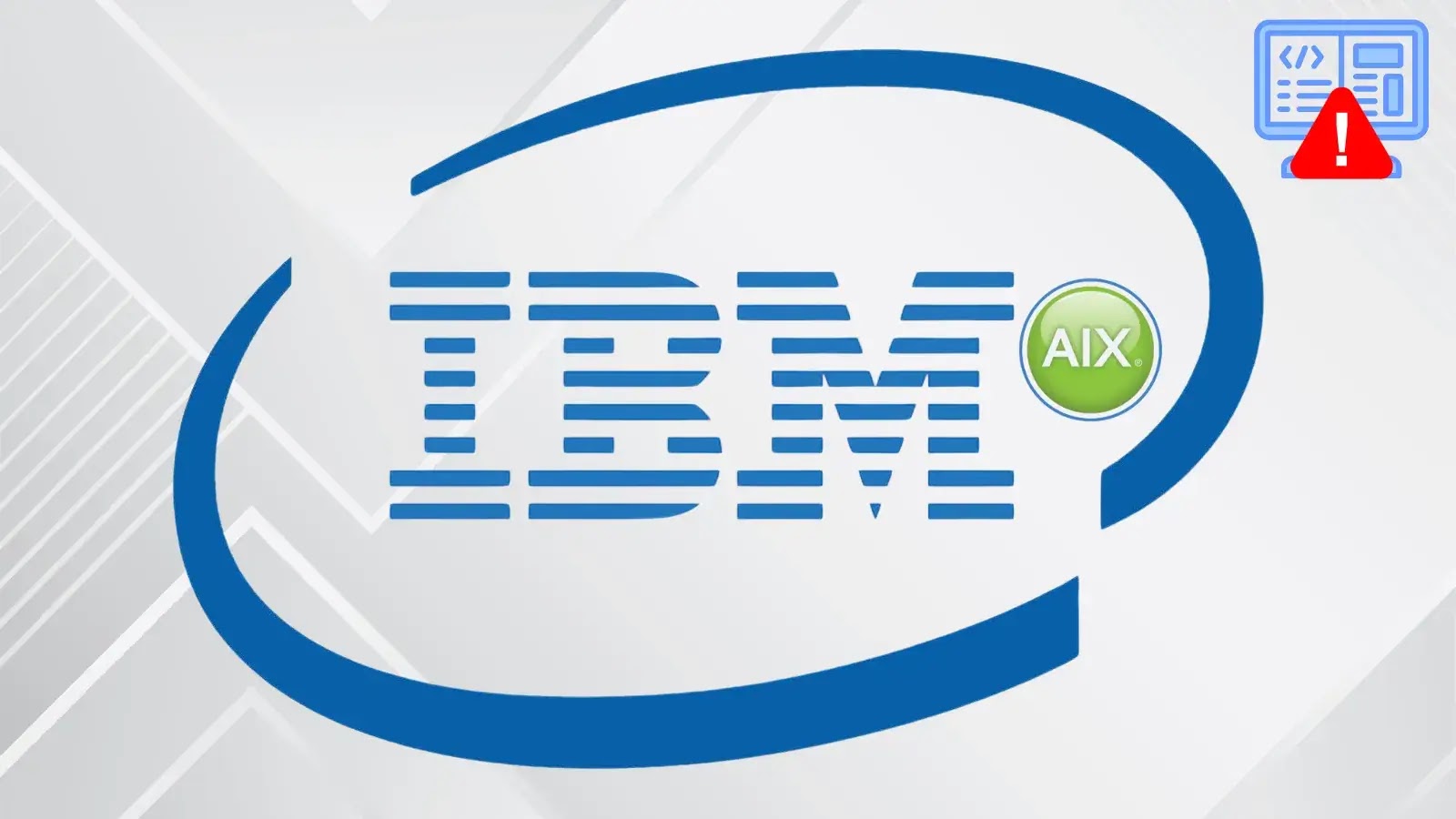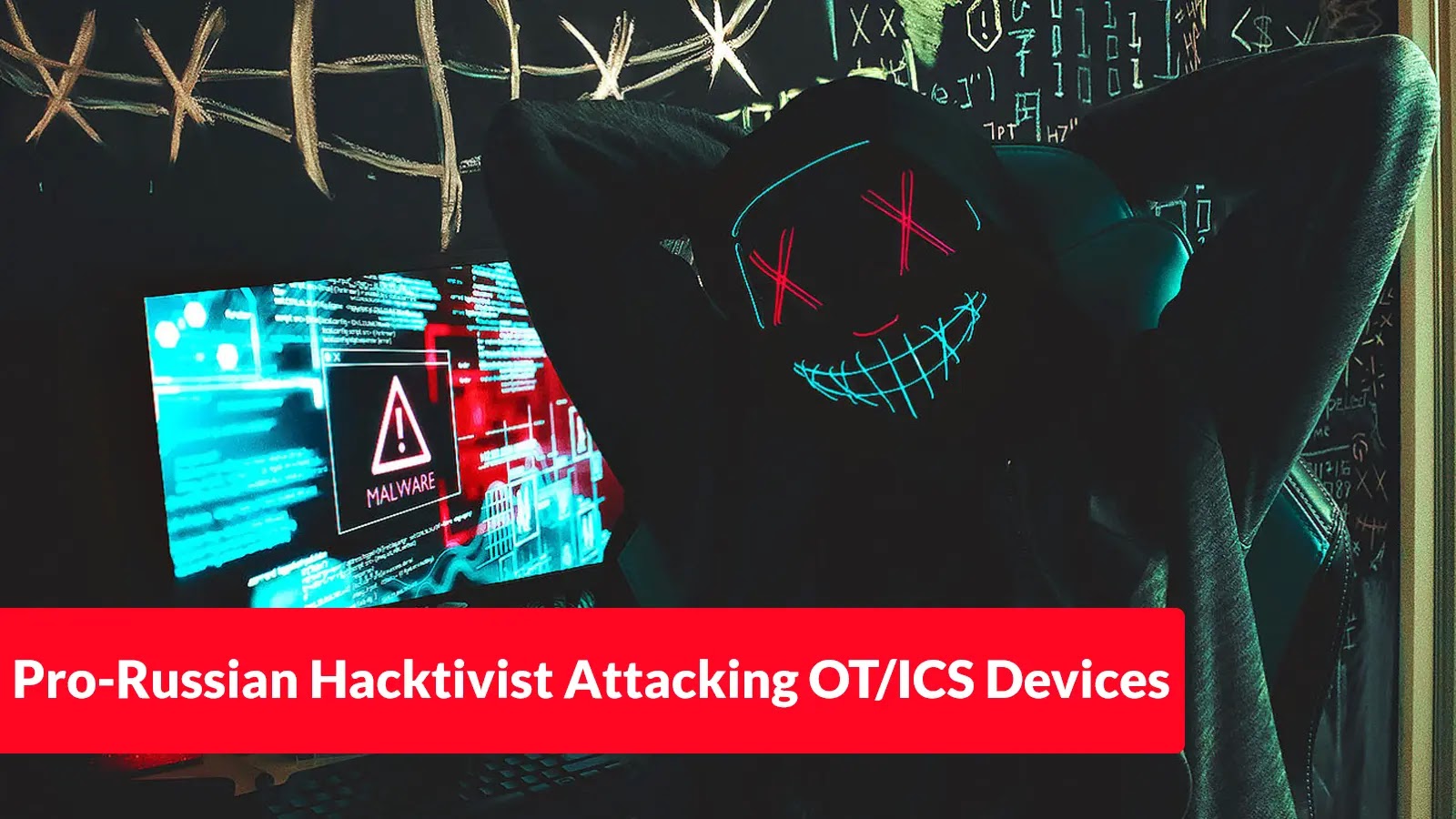In early October 2025, cybersecurity researchers identified a sophisticated search engine optimization (SEO) poisoning campaign targeting individuals seeking the legitimate Ivanti Pulse Secure VPN client. This malicious operation involves attackers creating deceptive websites that closely mimic official Ivanti domains, such as `ivanti-pulsesecure.com` and `ivanti-secure-access.org`. These counterfeit sites host trojanized installers that appear authentic, aiming to deceive users into downloading malicious software.
Mechanism of the Attack
When unsuspecting users click on these high-ranking search results, they are redirected to the fraudulent websites. Here, they are prompted to download a seemingly legitimate MSI (Microsoft Installer) file, purportedly the Ivanti Secure Access Client. However, this installer is embedded with a credential-stealing dynamic link library (DLL) designed to harvest saved VPN connection details. Once extracted, these credentials are transmitted to a command-and-control (C2) server hosted on Microsoft Azure infrastructure, allowing attackers to gain unauthorized access to sensitive networks.
Advanced Evasion Techniques
The attackers employ sophisticated evasion tactics to avoid detection. Notably, the malicious download links are presented only to users who arrive at the site via search engine referrals, particularly from Bing. This selective delivery is achieved by exploiting the HTTP Referrer header, ensuring that direct visits to the site display benign content without any download prompts. This method effectively conceals the malicious intent from security analysts and automated scanners.
Technical Details of the Malware
Upon execution, the trojanized MSI installer deploys two malicious DLLs—`dwmapi.dll` and `pulseextension.dll`—both signed by a legitimate certificate authority to bypass security controls. These DLLs are programmed to locate and parse the Ivanti connection store file (`connectionstore.dat`), extracting stored URIs and credentials. The malware then establishes a network connection to a hardcoded IP address within the Azure range (4.239.95.1) on port 8080, facilitating the exfiltration of the stolen data.
Implications and Recommendations
This campaign underscores the growing sophistication of cyber threats leveraging SEO poisoning as an initial access vector. By masquerading as trusted software and incorporating advanced evasion techniques, attackers can effectively compromise systems without immediate detection. Organizations and individual users are advised to:
– Verify Download Sources: Always download software from official vendor websites. Be cautious of search engine results that may lead to lookalike domains.
– Validate Installer Checksums: Before installation, compare the checksum of the downloaded file with the official checksum provided by the vendor to ensure its integrity.
– Monitor Network Traffic: Keep an eye on outbound connections to unfamiliar IP addresses, especially those within cloud service ranges like Microsoft Azure, on uncommon ports such as 8080.
– Educate Users: Raise awareness about the risks of downloading software from unverified sources and the importance of scrutinizing URLs for authenticity.
– Implement Advanced Threat Detection: Utilize security solutions capable of detecting referrer-based anomalies and other sophisticated evasion techniques employed by modern malware campaigns.
By adopting these proactive measures, organizations can enhance their defense against such deceptive and harmful cyber threats.



